Key Insights from the Federal Budget 2024-25
The Australian Government has announced the Federal Budget for 2024-25, which focuses on providing cost-of-living relief, implementing tax reforms, and investing in key sectors. This comprehensive overview will help you understand the key measures and their potential impact on your financial planning.
Budget Overview
Treasurer Jim Chalmers described this year’s budget as a “responsible” one, aimed at balancing cost-of-living assistance with efforts to avoid reigniting inflation in a slowing economy. Key points include:
Surplus and Deficits: A surplus of $93 billion this year, with larger deficits expected from 2024-25 due to high spending.
Future Made in Australia: A significant investment in local manufacturing and critical industries.
Key Budget Measures
Tax Cuts
Effective from 1 July 2024, the Stage 3 tax cuts will reduce the tax burden for all working Australians. Here is a summary of potential tax savings:
2. Cost-of-Living Measures
Energy Bill Relief: Every Australian household will receive a $300 credit on their electricity bills next financial year, and about a million small businesses will receive a $325 credit.
Social Security Deeming Rate Freeze: The freeze on deeming rates will continue until 30 June 2025, benefiting approximately 876,000 income support recipients, including 450,000 Age Pension recipients.
Increased Rental Assistance: Commonwealth Rent Assistance maximum rates will increase by 10% starting September 2024.
3. Superannuation
From July 2025, superannuation will be paid on government-funded paid parental leave, benefiting many, especially women who typically retire with less super due to career breaks for child-rearing.
4. Education and Student Debt
A $3 billion initiative will reduce student loans by an average of $1,200, addressing steep debt increases from last year.
5. Economic Impact
The budget aims to support economic growth while managing inflation risks:
Growth and Inflation: Real GDP growth is forecasted at 1.75% for 2023-24, with light increases in subsequent years. Inflation is projected to decrease to 3.5% this year and further down to 2.75% by 2024-25.
Employment and Wages: Unemployment is expected to rise slightly to 4%, while wage growth is anticipated to slow to 4% this year.
6. Winners and Losers
Winners:
Low and middle-income households
Pensioners and Social Security recipients
Renters and students
Aged and childcare workers
Critical industry sectors and clean energy manufacturers
Losers:
Consultants and foreign students
Certain universities and backpackers
Inefficient NDIS providers
Implications for your financial planning
Tax Planning: Reassess your tax strategy to maximise benefits from the upcoming tax cuts
Cost-of-Living Adjustments: Ensure your budgeting accounts for energy bill relief and rental assistance if applicable.
Superannuation: Review your super contributions, especially if you plan to take parental leave post-July 2025.
Debt Management: The reduction in student loans offers an opportunity to adjust your repayment plans and focus on other financial goals.
In summary, the Federal Budget 2024-25 presents several opportunities and challenges. Our team at Thriving Wealth is here to help you navigate these changes and optimize your financial strategies accordingly. If you have any questions or need personalized advice, please don't hesitate to contact us.
References:
Economic Impact of 2024 Federal Budget | 2024-25 Federal Budget | Australian Federal Budget 2024-25


